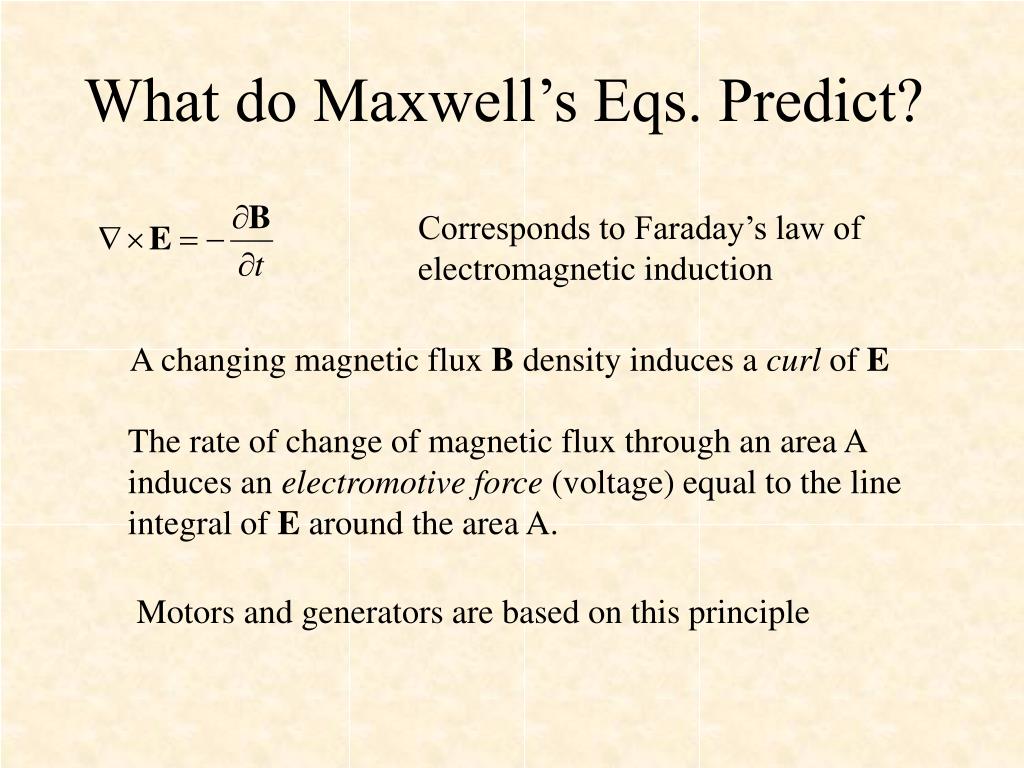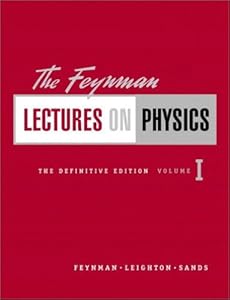

Credit: Patrick Edwin Moran/Wikimedia Commons You can combine principles like the quantum eraser with the double-slit experiment and see what happens if you keep or destroy, or look at or don’t look at, the information you create by measuring what occurs at the slits themselves. No alterations of one particle at its destination affect the outcome of the other. Same thing with intensity: as you lower it, the “two pile” pattern will slowly disappear, replaced with the interference pattern, while if you dial up the intensity, all traces of interference disappear.Īnd then, you get the brilliant idea to use photons to measure which slit each electron goes through, but to destroy that information before looking at the screen.Ī quantum eraser experiment setup, where two entangled particles are separated and measured. Some electrons will pass through the slits without registering which slit they went through, and you’ll start to get the interference pattern back as you lower your energy.

100% of your electrons will be measured at the slits themselves, and you’ll get the results you’d expect for classical particles alone.īut if you lower the energy-per-photon, you’ll discover that when you drop below a certain energy threshold, you don’t interact with every electron.

If your light is both energetic (high energy per photon) and intense (a large number of total photons), you won’t get an interference pattern at all. If you measure which slit the light (or any wave/particle quantum) passes through, this interference pattern gets destroyed. The narrowly spaced bright-and-dark bands are the effect of the double slit the more widely spaced dark and bright pattern is caused by the narrower single-slit effect. The properties of different light colors are due to their differing wavelengths. and finally both slits are covered again.ĭouble slit experiments performed with light produce interference patterns, as they would for any wave.the mask continues its motion until the first slit is once again covered (but the second is still unmasked),.it continues moving so that the second slit is also unmasked (along with the first),.it moves to the side so that the first slit is then unmasked,.a movable mask with a hole in it starts off by blocking both slits,.

Practically, this has now been accomplished in the following fashion: One experiment you can set up is to put a movable mask in front of both slits, while still firing electrons through them one-at-a-time. Available from Basic Books, an imprint of The Perseus Books Group. Credit: Reprinted from The Feynman Lectures on Physics, vol III, by Richard P Feyman, Robert B Leighton and Matthew Sands. By setting up a movable mask, you can choose to either block one or both slits for the double slit experiment, seeing what the outcomes are and how they change with the motion of the mask.


 0 kommentar(er)
0 kommentar(er)
